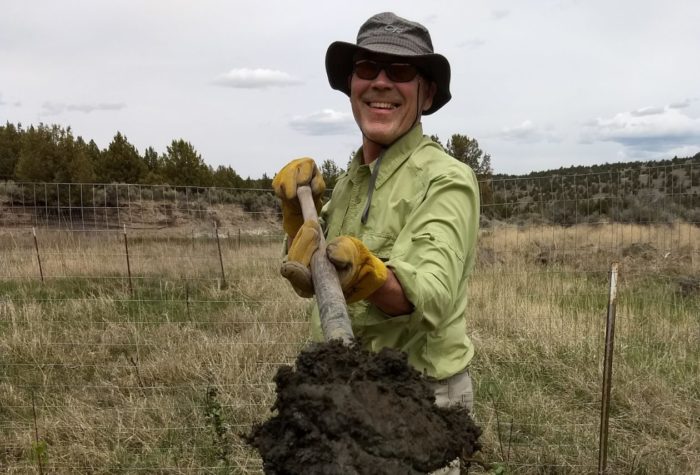Author: Ben Groeneveld & Kevin Briggs | Published: April 16, 2021 | Category: Where-To; Profile
“Where’s all your food?” the concerned sheriff asked, as he examined my packed bike near the North Fork. When you see a touring bike in the remote Owhyees, you will stop for a chat. A driver engaging a cyclist – literally in the middle of nowhere – asks, Where did you start? How far are you going? The sheriff’s question was a good one, for on most of our tours we had made it a habit to end the day where we could camp near the amenities of towns. With almost no services, the Owyhees seemed a suitable touring option during the pandemic. Social interactions would be rare. We’d have to be self-reliant. With no cell coverage, an emergency locator beacon was considered necessary equipment.
Devising a bikepacking route through the remote Owyhee territory where water is scarce is a challenge. It’s further complicated by the unimproved roads, for they become impassable cement when wet. One option would connect the Owyhee River to the Owyhee Mountains via Jordan Valley and Silver City, towns that offered some services. However, returning in such a loop means traversing the Owyhee Desert for three days at elevations between 5000’ and 6000’ with no resupply options. No potable water. Water sources, if not dry by the fall, would require treatment. Yet the potential reward reeled us in.
